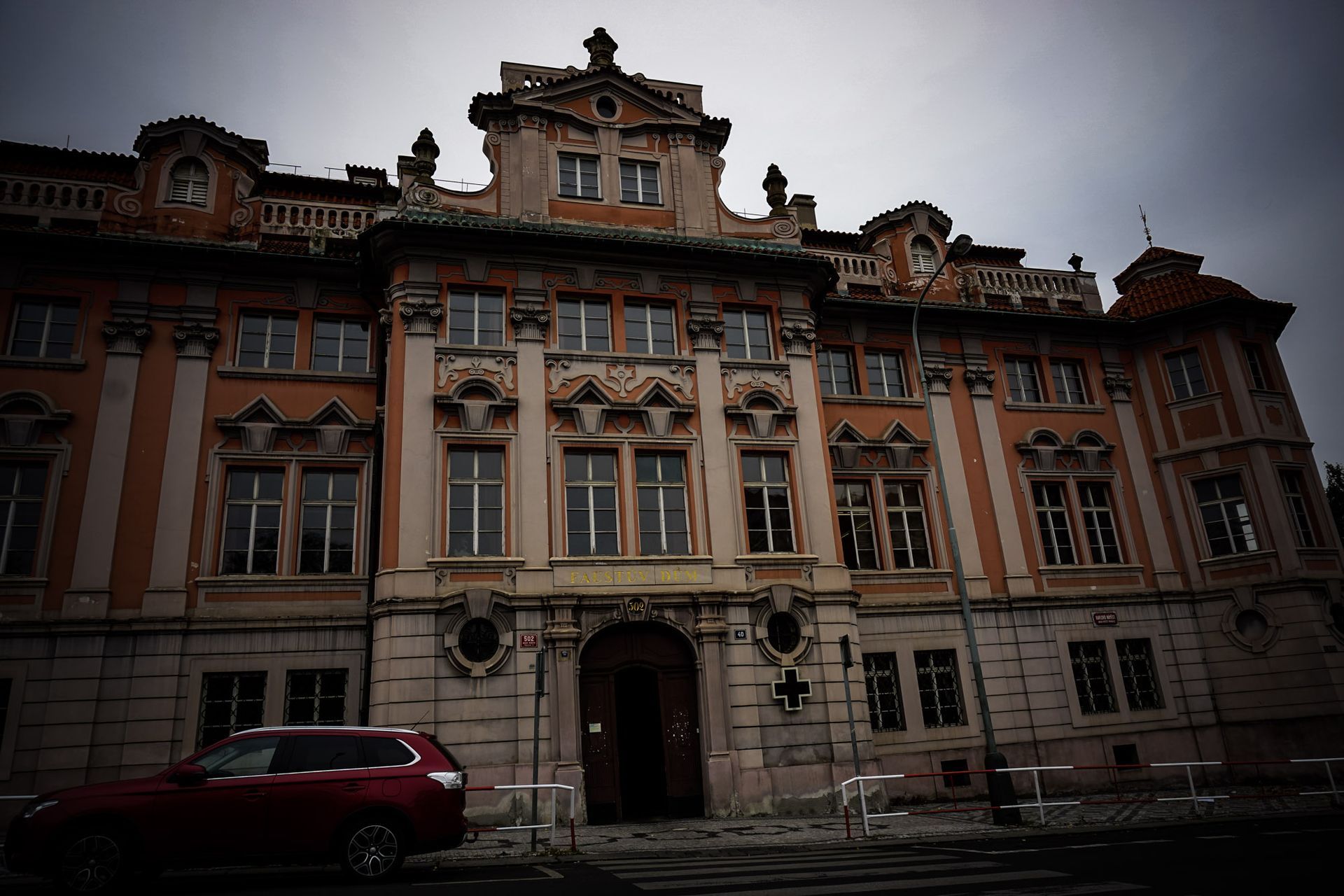New paragraph
Czech Republic Paranormal Reportings
The Ghosts of Prague’s Faust House: Legend, Lore, and Haunting Echoes

Set into a corner of Charles Square in Prague's New Town stands a centuries-old mansion known as Faust House (Mladotovský palác). Shrouded in alchemical lore, occult myth and ghostly tales, it has long captured the imagination of both skeptics and believers.
Origins of the Legend
Though no historical evidence places the real Johann Georg Faust, the infamous Renaissance magician in Prague, the house became inexorably linked to his legend. Local folklore claims Faust performed dark rituals here, sold his soul to the Devil, and was spirited away through a fiery hole blasted in the ceiling. This “black hole” is said to defy repair, every attempt to wall it up ends with bricks tumbling to the floor and a lingering smell of sulphur.
Eccentric Inhabitants & Alchemical Experiments
During the reign of Emperor Rudolf II, notable figures like Edward Kelley, an English alchemist owned and experimented within the house, allegedly triggering explosions that widened the infamous ceiling hole. Over the centuries, other owners such as Joseph Mladota and Karl Jaenig added to the mansion’s bizarre reputation. Jaenig reportedly painted funeral texts on walls, slept in a coffin, and even maintained his own gallows, all adding fuel to the growing mystique.
The Night Visitor: Faust’s Ghostly Return
Legend holds that the restless ghost of Faust started appearing in corridors and rooms at night, scaring off tenants. The supernatural presence made it nearly impossible for people to stay in the house for long.
The Poor Student's Tragic Tale
A popular Prague legend tells of a destitute student who found refuge in the abandoned Faust House. Each morning he awoke to find a silver coin mysteriously placed for him. The gift ended when, greedy for more, he attempted to summon the Devil using a book of spells, only to be dragged through the ceiling hole into oblivion.
Architecture, Access & Atmosphere Today
Official name: Mladotovský palác (Faust House), a Baroque‑style mansion with Gothic and Renaissance elements, built in the 14th century.
Current use: House of Charles University’s First Faculty of Medicine and closed to public interiors, but viewable from Charles Square.
Cultural context: The site originally had pagan significance named Na Moráni, associated with the Slavic goddess Morana adding layers to its occult aura.
In Summary
Faust House blends history, myth and metaphysical speculation. From rebellious alchemists experimenting at midnight to ghostly student disappearances, its lore is rich, haunted, and unresolved. Though tourists today only glimpse its façade, the stories echo through time, inviting questions about the boundaries between legend and reality.
Whether you believe in apparitions or not, Prague’s Faust House remains a compelling testament to the city’s enduring mystique, a house not merely built of stone, but of stories that span centuries.

